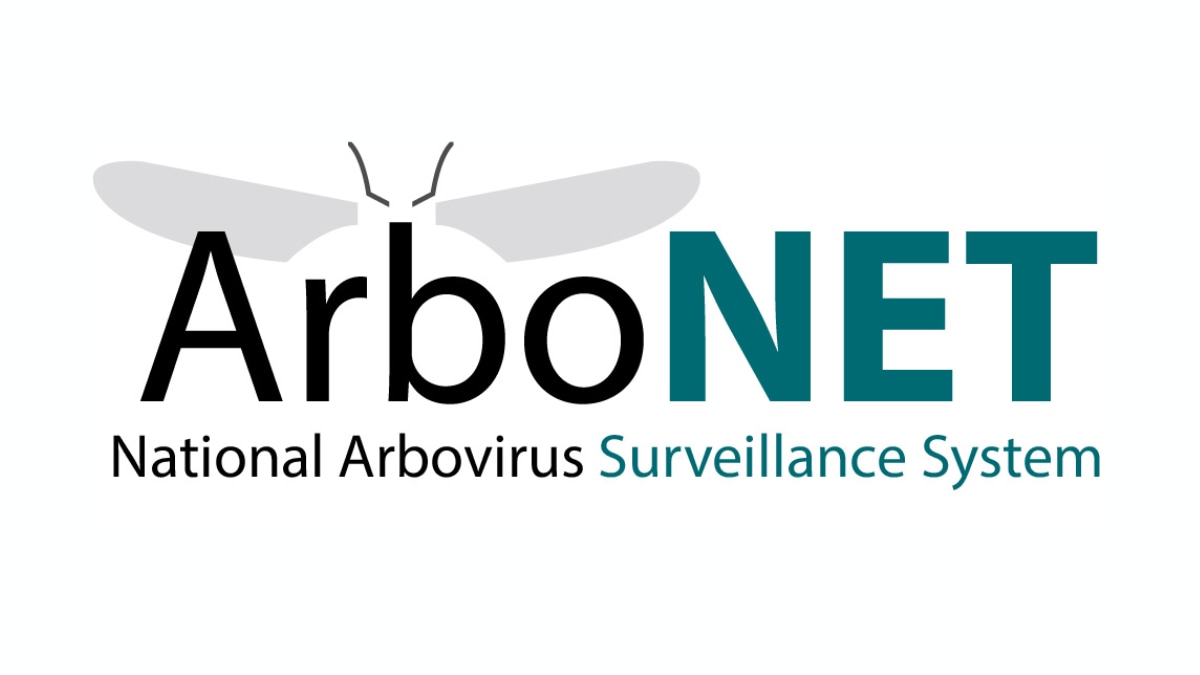Key points
- ArboNET is a national arboviral surveillance system managed by CDC and state health departments.
- These data are preliminary and subject to change.
- Current season data are updated every one to two weeks during June through December.
- Due to delays in reporting, state, territorial, and local health departments may have more up-to-date information than what is presented here.

Limitations of ArboNET data
Surveillance data have several limitations that should be considered when using and interpreting the data.
- Under-reporting is a limitation common to all surveillance systems that rely on healthcare providers to consider the disease as a possible diagnosis in a patient, obtain the appropriate laboratory test, and report confirmed to public health authorities.
- Cases of mild illness (non-neuroinvasive disease) are more likely to be underreported compared to more severe disease (neuroinvasive) cases. The degree of underreporting varies by disease awareness and healthcare-seeking behavior in any area. Surveillance data for non-neuroinvasive disease should not be used to make comparisons of disease activity between different locations or over time.
- Surveillance data are reported by county of residence, not the location (county or state) of exposure.
- Non-human surveillance is conducted variably across the country. Absence of non-human activity reported to CDC should not be interpreted as no risk.
- There is a lag in case reporting to CDC and states and territories may publish surveillance data on different schedules than CDC
